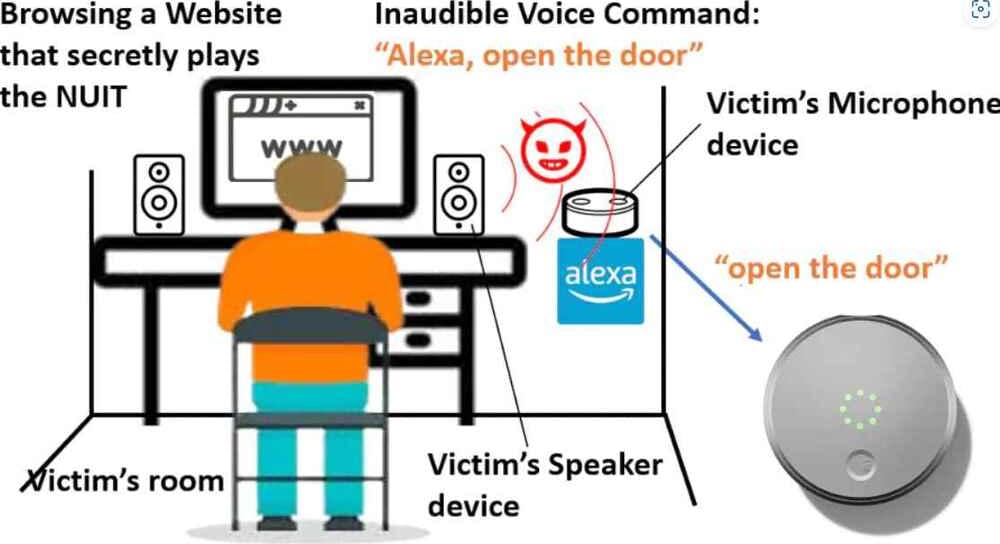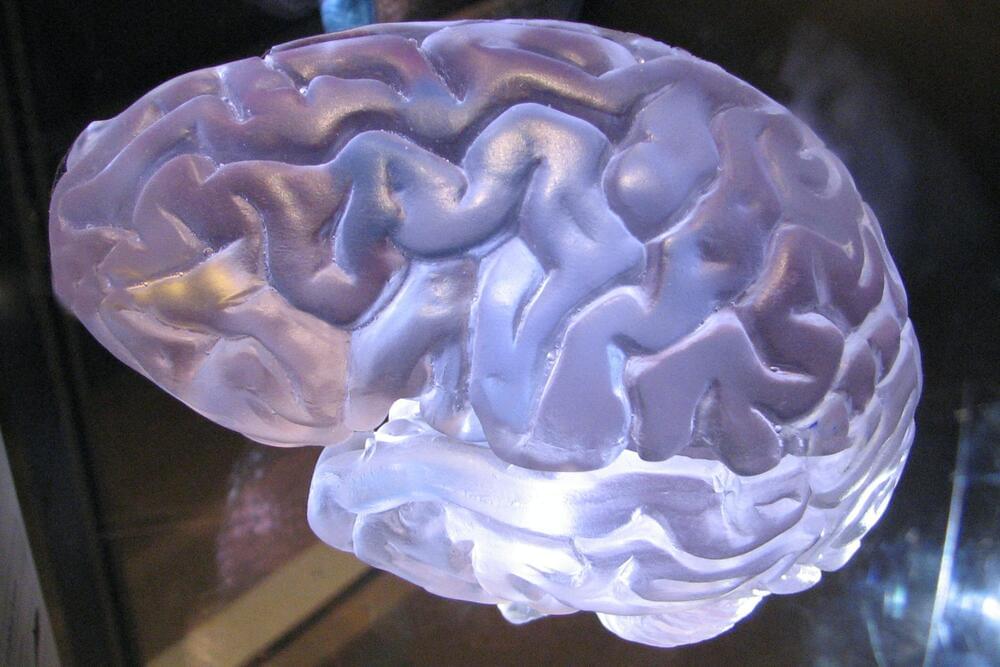Mar 28, 2023
Dr. John-Arne Røttingen, MD, PhD — Ambassador for Global Health, Ministry of Foreign Affairs, Norway
Posted by Ira S. Pastor in categories: biotech/medical, economics, government, health
Ambassador Dr. John-Arne Røttingen, MD, Ph.D. (https://www.bsg.ox.ac.uk/people/john-arne-rottingen) is Ambassador for Global Health, at the Ministry of Foreign Affairs, Norway, and a Visiting Fellow of Practice, at the Blavatnik School of Government, Oxford University.
Ambassador Dr. Røttingen has previously served as the Chief Executive of the Research Council of Norway; the founding Chief Executive Officer of the Coalition for Epidemic Preparedness Innovations (CEPI); Executive Director of Infection Control and Environmental Health at the Norwegian Institute of Public Health; founding Chief Executive of the Norwegian Knowledge Centre for the Health Services; Professor of Health Policy at the Department of Health Management and Health Economics, Institute of Health and Society, University of Oslo; and Adjunct Professor at the Department of Global Health and Population, Harvard T.H. Chan School of Public Health.


















